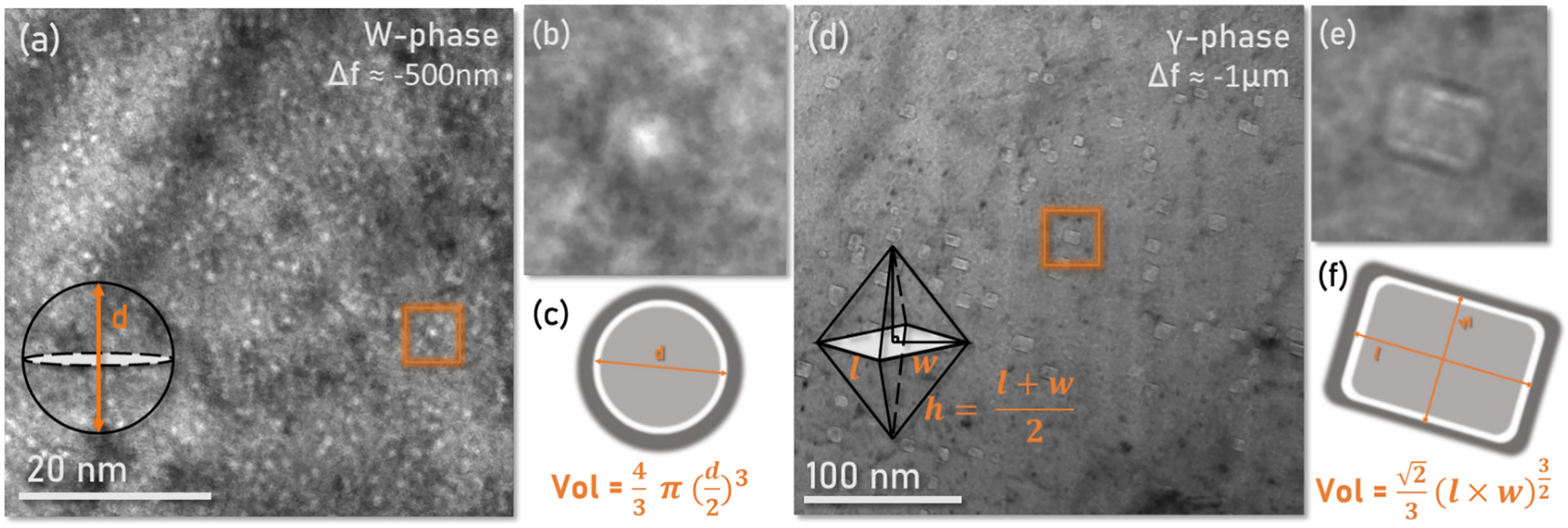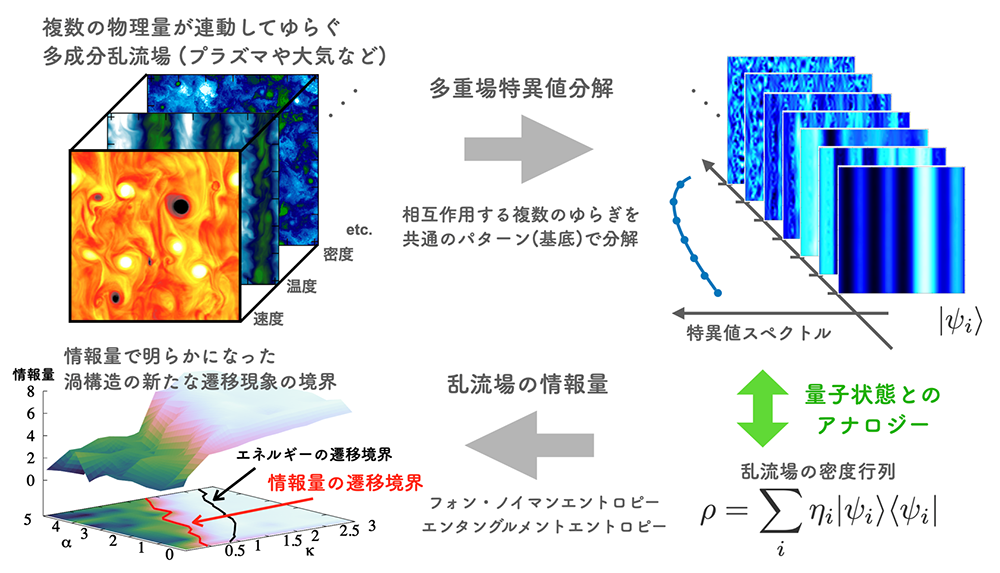2025-05-30 パシフィック・ノースウェスト国立研究所(PNNL)
<関連情報>
- https://www.pnnl.gov/publications/evaluating-performance-ductile-phase-toughened-tungsten-under-simulated-fusion
- https://www.nature.com/articles/s41598-025-89532-w
核融合模擬環境下におけるタングステン重合金のNi+およびHe+イオン照射損傷の定量評価 Quantitative assessment of Ni+ and He+ ion irradiation damage in a tungsten heavy alloy under the simulated nuclear fusion environment
James V. Haag IV,Yucheng Fu,Weilin Jiang,Bethany E. Matthews,Matthew J. Olszta,Danny J. Edwards & Wahyu Setyawan
Scientific Reports Published:27 February 2025
DOI:https://doi.org/10.1038/s41598-025-89532-w

Abstract
A 90W-7Ni-3Fe (wt.%) tungsten heavy alloy has been sequentially Ni+ and He+ ion irradiated at 700 °C to simulate the high temperature irradiation environment of a fusion reactor interior. W/Ni–Fe-W dual-phase alloys have been proposed to serve as plasma facing materials and require detailed investigation of their behavior under fusion relevant conditions to assess their overall applicability. To evaluate material performance under five years of simulated fusion reactor service, microstructural characterization of the nanoscale defect distribution has been performed on both constituent phases, revealing peak swelling in the W phase of approximately 0.03%. The γ-phase (Ni–Fe-W) is found to swell approximately 0.68% under the same irradiation conditions, indicating significant cavity formation and growth. Additionally, a novel multi-projection imaging approach has been applied to determine the extent of damage segregation along the dual-phase W-to-γ interface and exposes that these interfaces act as sink sites for the accumulation of cavities. Interphase boundaries are noted to possess an 11.8% areal coverage of defects along the boundary plane, primarily on the γ-phase side of the boundary. The accumulation of cavities at these interphase boundaries is anticipated to adversely affect overall material toughness, and this work reveals a pressing need for mechanical property testing of irradiated W–Ni-Fe dual-phase alloys.



